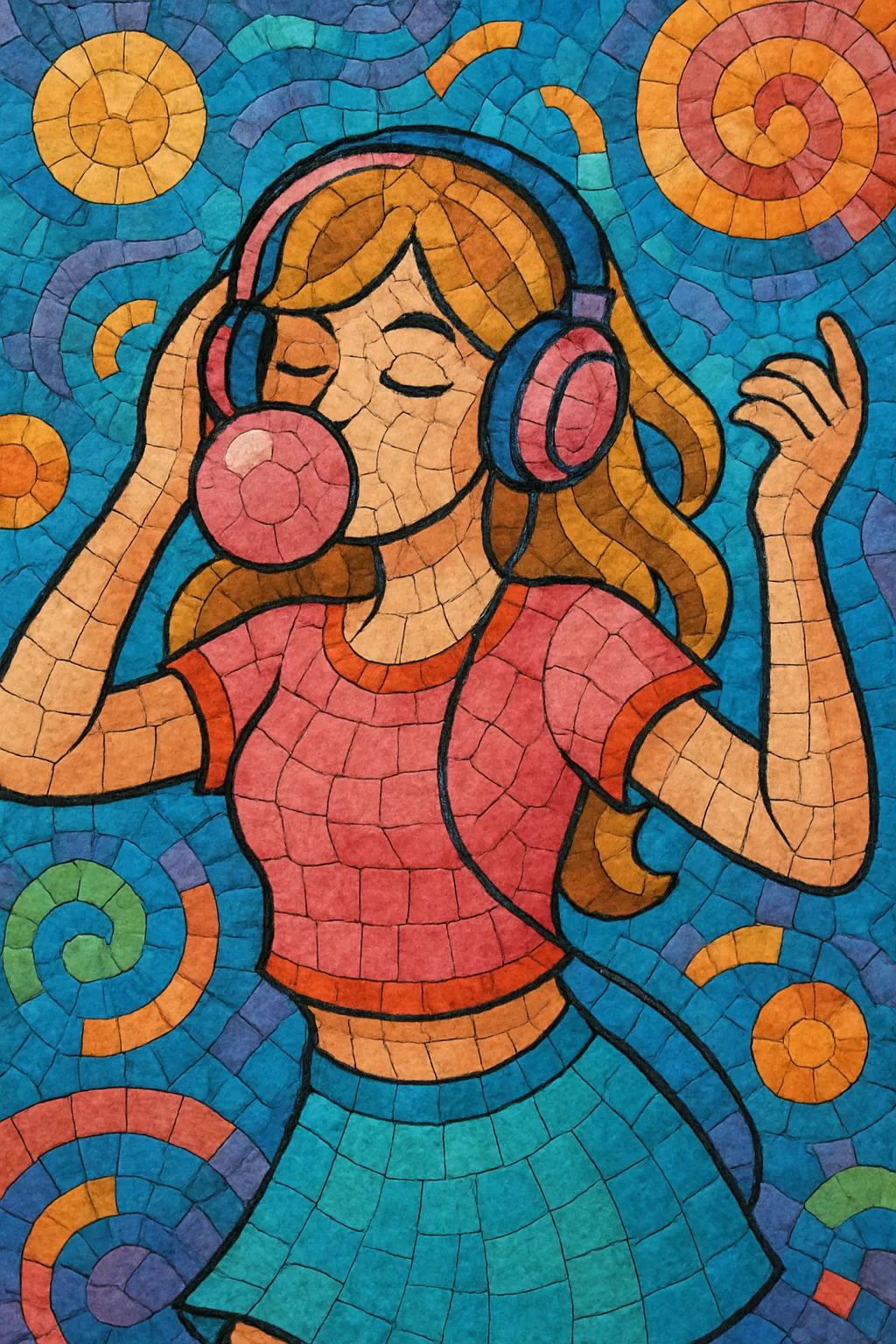
Bubblegum dance is a playful, high-energy offshoot of Eurodance characterized by sugary melodies, cartoonish aesthetics, and simple, upbeat pop songwriting placed over a four-on-the-floor club rhythm. It typically runs around 130–145 BPM and favors bright major keys, catchy hooks, and frequent key-change lifts.
Vocals are often performed by a youthful-sounding lead (frequently female) with occasional male rap verses or ad-libs, and lyrics focus on lighthearted, fantastical, or novelty themes. Production leans on glossy Euro synths, toy-like sound effects, and bouncy basslines, creating a sound designed for instant catchiness and dancefloor appeal.
Bubblegum dance emerged in Scandinavia—especially Denmark—during the late 1990s as a deliberately youthful, novelty-leaning branch of Eurodance. It drew on Euro house and Hi-NRG’s club foundations, bubblegum pop’s earworm melodicism, and the cheeky, toy-sound aesthetics of toytown pop/techno. Scandinavian producers and songwriting teams refined a formula of bright synths, simple harmonies, and playful storytelling.
The genre reached international visibility between 1997 and the early 2000s. Acts like Aqua, Toy-Box, and Vengaboys placed bubbly hooks and humorous narratives over pumping Eurodance beats, scoring global hits and defining the style’s visual language: candy-colored artwork, cartoonish videos, and theatrical personas. Parallel scenes in Sweden, Denmark, Germany, and the Netherlands contributed numerous one-off and regional hits.
As mainstream tastes shifted toward R&B-influenced pop and later electro-house, bubblegum dance’s chart presence faded. However, it maintained a cult following online, aided by rhythm games (e.g., Dance Dance Revolution featuring Smile.dk), fan communities, and early internet music forums and blogs that preserved and recontextualized the sound.
In the 2010s, the genre’s DNA resurfaced in hyperpop, bubblegum bass, and kawaii electronic styles, which embraced exaggerated pop sheen and playful timbres. Nightcore edits further extended the sound’s afterlife by speeding up Eurodance (including bubblegum dance) to high-BPM, chipmunked extremes. Today, bubblegum dance is recognized as a fun, unabashedly pop-forward moment in late-’90s dance music that continues to inform youth-oriented club-pop aesthetics.

